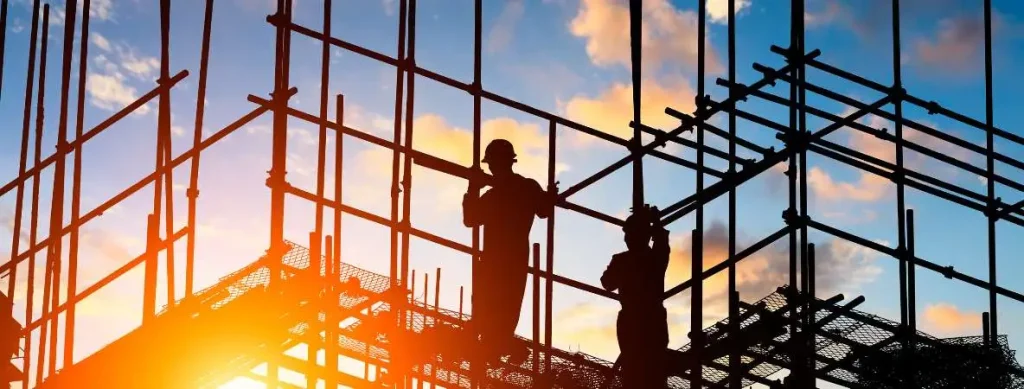Looking for air testing Gloucester? Ratio Seven can help. Air testing is a widely-used method to measure the total air leakage from a building’s fabric (also known as its envelope), through gaps, holes and cracks. It helps lower energy costs, enhance comfort levels and minimizes the environmental impact of a structure.
In the UK, Part L of the Building Regulations requires it for all new dwellings and buildings other than dwellings. Results from these assessments are used in calculations for Standard Assessment Procedures, also known as SAP Calculations, and Energy Performance Certificates (EPCs).
Airtightness Testing Gloucester
Air permeability testing, also referred to as air leakage testing, air pressure testing or airtightness testing is the measurement of how much air escapes through uncontrolled holes in building fabric. This can result in reduced energy bills and improved thermal performance for your building.
This test measure is an invaluable asset for architects, building services designers, energy assessors, builders and service installers. Additionally, it serves as a useful diagnostic tool in identifying any air leakage problems.
Typically, an air test must wait until your dwelling is completed before conducting it; however, we can provide sample tests prior to construction to identify any potential issues.
Generally speaking, you’ll need an air test in order to demonstrate that your new build meets the minimum standards required by Building Regulations, Part L1A and that its SAP calculations meet Approved Document G requirements.
Why You Need Air Testing For New Builds
Air tightness testing is a vital element of new build Building Regulations and Energy Standards, as it helps improve energy efficiency, reduce heating bills and eliminate cold draughts inside the property.
Air permeability testing, or air pressure testing, has become increasingly important in the UK since 2006. Not only does it help prevent condensation problems and mould growth, but also other airborne allergens which could impact occupant health. For this reason, air permeability testing (or air pressure testing) has become so crucial here in the UK since 2006.
Air permeability is measured using a 50 Pascal (50N/m2) reference pressure difference between internal and external environments. A UKAS-calibrated fan is placed inside the building envelope to create this pressure difference which can then be measured and recorded. The results are then fed into the software which calculates either an overall leakage rate or a specific leakage rate.
How We Carry Out An Airtightness Test
Air tightness testing is the process of measuring air leakage or permeability through gaps and building fabrics or a building. It can be a fun and informative part of the construction process that could save you money on energy bills while reducing your carbon footprint.
Blower door testing involves installing blower door testing equipment, which are large fans attached to an opening like a doorway. This pressurizes the building and tests for pressure differences that may indicate potential issues.
Commercial Air Testing Gloucester
Air permeability testing, also referred to as air pressure testing is an integral component of building regulations and guarantees new buildings meet minimum standards. Under Approved Document Part L1A for dwellings and L2A for other structures, a test is conducted to measure air leakage through gaps, cracks and holes within the thermal envelope of a structure.
The minimum air permeability standard per square metre at 50 Pa, so all buildings must be air pressure tested to meet this requirement.
This test involves attaching a large fan to the front door of a building. This increases the air pressure inside and then measures how quickly it returns to normal pressure.

